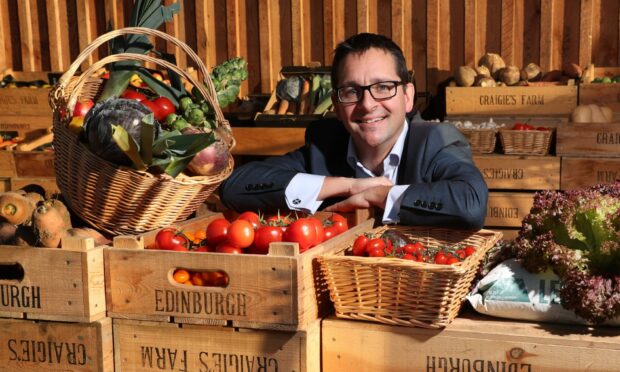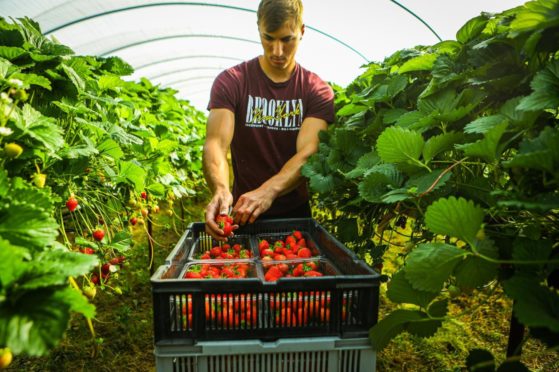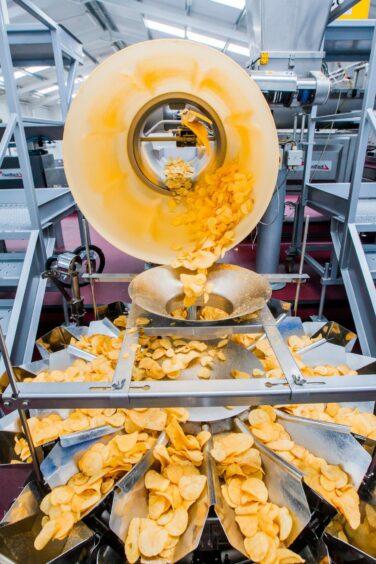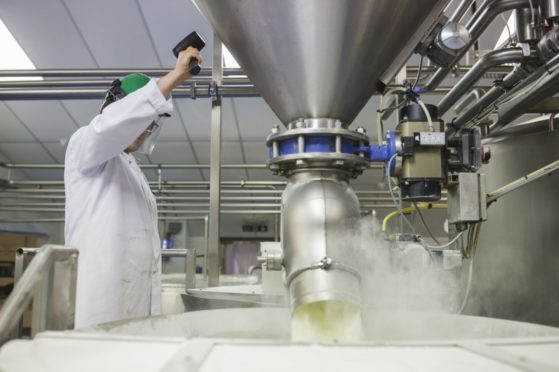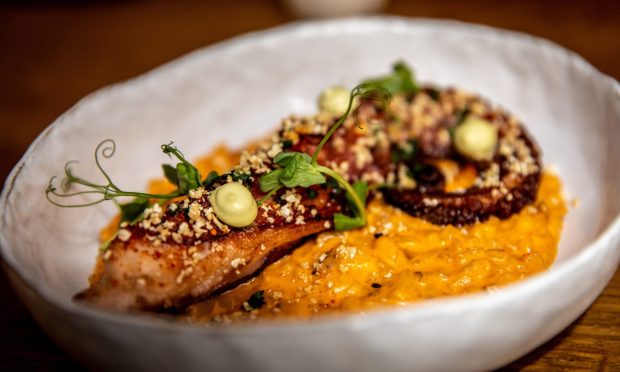The first couple of years of the ‘20s have been incredibly challenging for Scotland’s farming, fishing, food and drink businesses with a global pandemic exacerbated by a hard Brexit.
Hot on the heels in 2022 comes rising inflation, driving upwards the cost of producing, processing and transporting our food.
For many in our sector, there will be a sense of trepidation entering the new year.
However, despite that, we shouldn’t lose sight of the world class industry and produce that we have in Scotland and the many opportunities that remain to forge new markets, grow our existing customer base and drive success across the sector.
Of course, any growth journey must be about more than blind optimism. We need to be honest about the challenges we face.
A multitude of challenges
Across the country, we face acute labour shortages, from the seasonal workers that make our soft fruit and vegetable sectors tick, to the processing powerhouses of our red meat and seafood industries.
Our industry has much to do to attract and retain a domestic workforce, increasing the appeal and awareness of opportunity in our sector. However, after decades building a pipeline of talented EU workers, post-Brexit immigration policy is now a damaging and high-risk shock to the system.
Brexit has also added to pain to how we trade with our biggest export market on the continent, the destination for two-thirds of Scottish food exports. It is now a more complex, costly and higher risk place to do business.
The good news is solutions are at hand, they just require political will to progress them.
Driving forward Scotland’s food and drink
There are mechanisms to reduce the wall of bureaucracy for EU exports and if we have ‘taken back control’ post-Brexit, our immigration policy is for us to shape. It is time it was shaped to support key industries like ours, not undermine them.
While navigating these challenges is crucial, there remain real opportunities to drive the sales of Scottish food and drink locally and globally.
We have staff based in 16 cities across the world – jointly funded by industry and Scottish Government – and they’re building customer demand for our products overseas. Nearer to home, we are working with retailers and the foodservice sector to ensure they tap into rising consumer demand for Scottish.
Consumer awareness of the quality of Scottish produce has been rising for years. However, how we are judged by consumers is constantly evolving. Our climate impact is now front and centre in their minds.
COP26 rolled out of Glasgow having further cemented the necessity for quicker progress on reducing emissions. Scotland is uniquely placed to be a beacon of sustainable food and drink production. We have a landscape and shoreline that is the envy of many and these natural assets can be a provider of climate-friendly protein and nutrition whilst being protected and enhanced at the same time.
What have we learned?
If history is to tell us anything, it is that societies that exit from global pandemics are different to those that entered them. What will our generation’s changes be? The connection many of us have felt with the businesses in our communities can be one strong legacy.
So too, there has been greater recognition from the public that those producing food are also ‘key workers’; delivering a 24/7 service, even when a pandemic grinds many other industries to a halt.
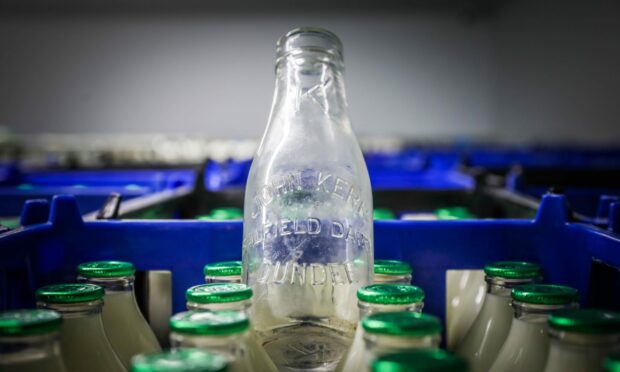
For all of us as shoppers and consumers, we need to support Scottish produce where we can. That will drive further behaviour changes from restaurants to supermarkets in sourcing more Scottish food and drink.
The rollercoaster of the last two years has demonstrated again the resilience of our food and drink industry. It has kept the nation fed during extraordinary times. So too, our collaborative ways of working have been tested and shown to work. Industry organisations have worked as one, supported by government in Scotland, with a multi-million pound industry recovery plan now being delivered through the Scotland Food & Drink Partnership.
This year, we’ll begin work on a new decade-long strategy for our industry. There will be no magic cure to the challenges we currently face, there never has been.
However, having gone through further difficult times together, we are braced and in a strong position to weather current storms and emerge stronger.
Our industry may be modest in the context of global food supply but we can still set the tone and be a model to follow.
